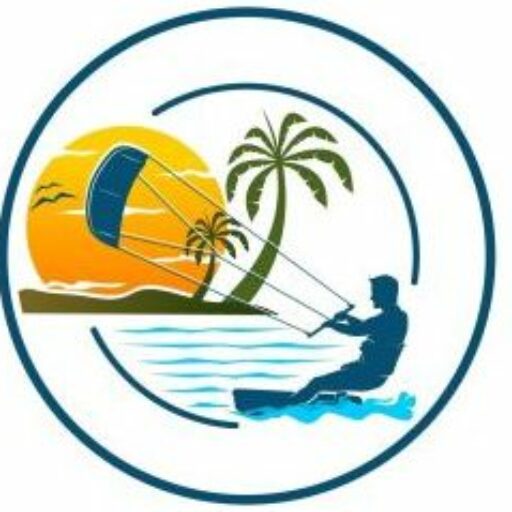This website uses cookies so that we can provide you with the best user experience possible. Cookie information is stored in your browser and performs functions such as recognising you when you return to our website and helping our team to understand which sections of the website you find most interesting and useful.
Kitesurfing terms
Kiteboarding terms
Air time
The duration of a jump. Can be as short as a few seconds, but can be in the double-digit seconds range under ideal conditions.
Aspect ratio
The ratio between width and height of the kite varies depending on the kite type between high aspect ratio of 6.0 and low aspect ratio of 3.0.
Bladders
The inflatable plastic tube in the tubes of the kite, inflated before takeoff. The pressure depends on the ambient temperature and water temperature.
C-kite feeling
Advantages of the C-Kite’s direct control behavior and low holding forces, tried to be transferred to newer models.
High end
Property of a kite to offer good pulling power in strong winds and still be controllable.
Low end
The ability of a kite to develop pulling power in little wind and to be easy to control.
Leading Edge
The leading edge of the kite, the front edge, contains the front tube on tube kites.
Trailing Edge
The trailing edge of the kite, the opposite of the leading edge, is reinforced to prevent stretching of the material and improve flight characteristics.
New school
Repertoire of tricks from wakeboarding where the kite is ridden unhooked.
Old school
The classic kitesurfing where the rider is hooked.
Projected area
The aerodynamically effective surface of the kite cloth, which is blown by the wind.
Barn
The stall of the kite when too little wind flows over its profile and it loses its pulling power.
Wave
Discipline that combines kitesurfing with surfing, the kite influences the surfer on the wave as little as possible.
Wakestyle
Discipline in which wakeboarding tricks are performed on the kiteboard, usually unhooked.
Picture: Kitesurfing terms nick-gosset-unsplash

